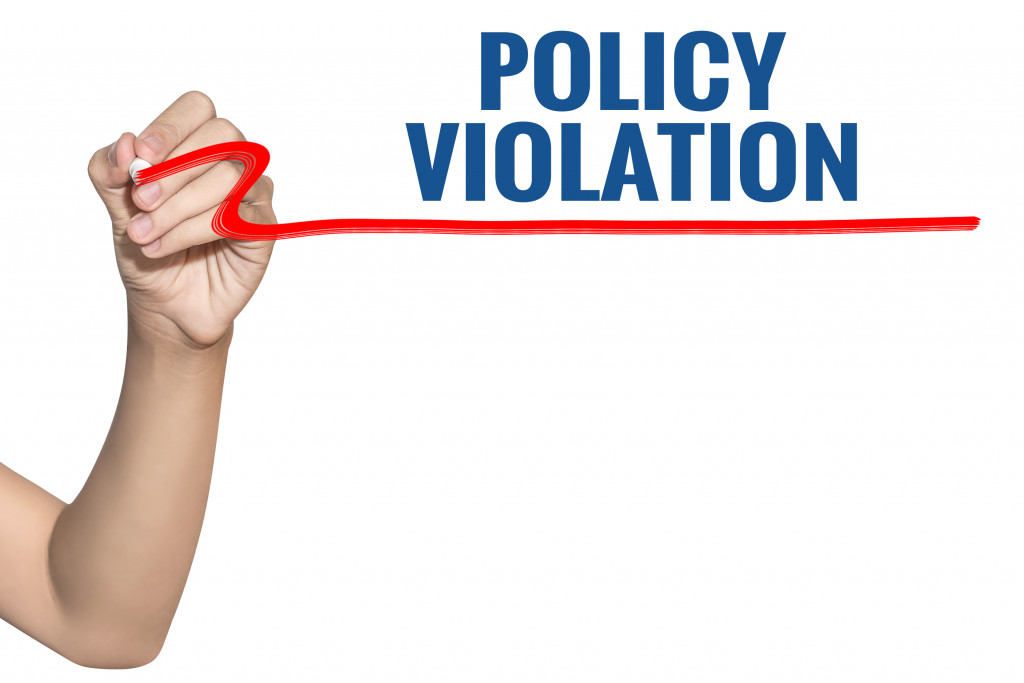- Construction sites can be dangerous workplaces, and accidents can happen due to employer negligence or malfunctioning equipment.
- If you get injured on the job, seek medical attention and report the incident to your employer.
- Document any relevant information about your injury and contact an attorney for help filing a compensation claim.
- Co-workers and OSHA violations can also determine fault for construction site injuries.
- Knowing your legal rights is essential to ensure you get a fair settlement.
Construction sites are known to be some of the most dangerous workplaces in the world. Heavy equipment, high scaffolds, and hazardous materials threaten workers’ safety. While employers are expected to follow safety regulations, accidents can still occur, leading to injuries or even fatalities.
When a worker gets injured at a construction site, the question often arises, who is at fault? This blog post will explore the different parties at fault and the steps you can take to protect yourself if you get injured.
Employer Negligence
Sometimes accidents happen even when the worker is doing everything right. If you have been injured on the job due to your employer’s negligence, it can be a challenging time as you try to navigate the legal system. Here’s what you need to do:
Get Medical Attention
The first and most important thing to do when injured on the job is to seek medical attention. Even if the injury seems minor, you should check it out, as it may turn out worse than it initially appeared. It’s better to be safe than sorry. Getting medical attention will help you recover, and you’ll be able to describe the extent of your damage when filing a compensation claim.
Report the Injury
You must report your injury to your employer as soon as possible. All employers must maintain a safe working environment, and they must be made aware of any potential hazards or problems. Reporting your injury will create a record of what happened, making it more challenging for your employer to deny that the accident occurred or that they were not aware of it.
Document Everything
Keep detailed records of everything about your injury. This includes your medical bills, doctor’s reports, lost wages, and any other expenses you’ve incurred as a result of your injury.
These records will be essential when filing a compensation claim. It would be best if you also recorded any conversations you have with your employer, including emails and text messages, relating to your injury. All this information will make it easier to present your case to your attorney or a court if necessary.
Contact an Attorney

If you believe your employer is at fault for your injury, contact a personal injury lawyer. Your attorney will guide you through the process of filing a compensation claim and represent you in court if it comes to that. An attorney will help you understand your legal rights and the compensation that you are entitled to, and they will ensure that you get a fair settlement.
Equipment Manufacturers
Construction sites rely heavily on equipment to get the job done. This equipment may include everything from cranes to power tools. Sometimes, when an accident occurs due to equipment failure, the manufacturer may be at fault.
If a tool or machine was designed improperly, or if it was not maintained adequately, it could malfunction and cause an injury. In such cases, the manufacturer can be held accountable for the worker’s injuries.
Co-Workers
Sometimes accidents occur due to the actions of a co-worker. For example, if a co-worker’s negligence leads to an injury, the injured worker may have a claim against that co-worker. However, this situation can be challenging as state laws vary concerning co-workers’ liability and workers’ compensation.
OSHA Violation

Finally, if a worker gets injured due to an Occupational Safety and Health Administration (OSHA) violation, the employer can be held liable. OSHA sets safety regulations for construction sites and can issue fines or violations if employers fail to comply with the rules. If a worker is injured due to an OSHA violation, this can provide grounds for legal action against the employer.
The Bottom Line
In conclusion, determining fault in construction site injuries can be a complicated process. If you get injured at a construction site, taking the necessary steps to protect yourself, including notifying your employer, seeking medical attention, and documenting the incident is crucial. Understanding the parties that may be at fault and your legal rights can help you navigate the process and ensure you receive appropriate compensation for your injuries.



